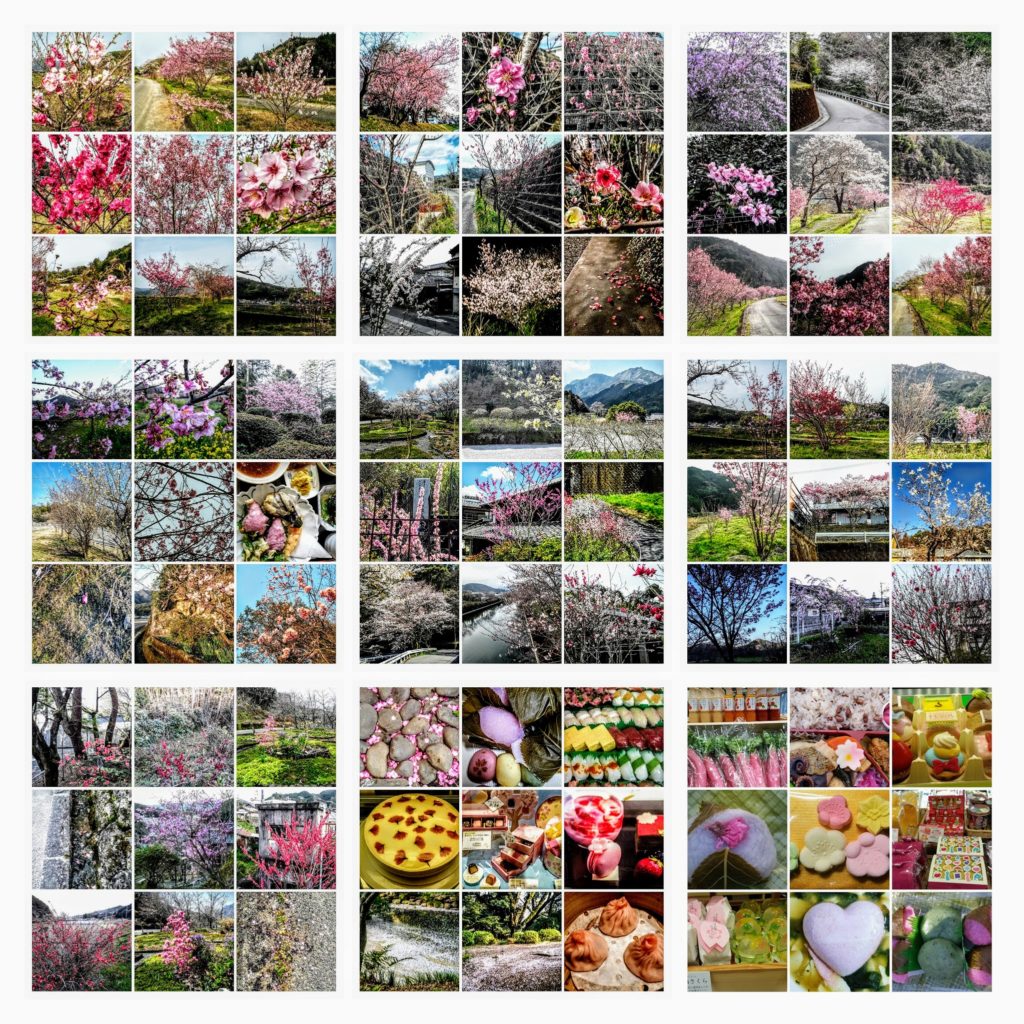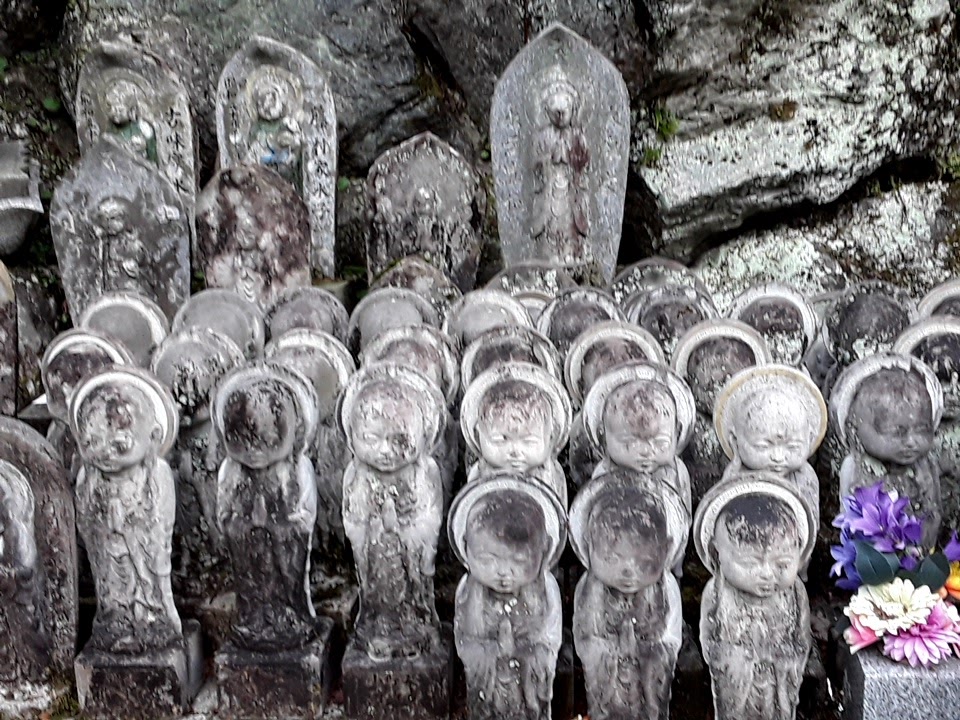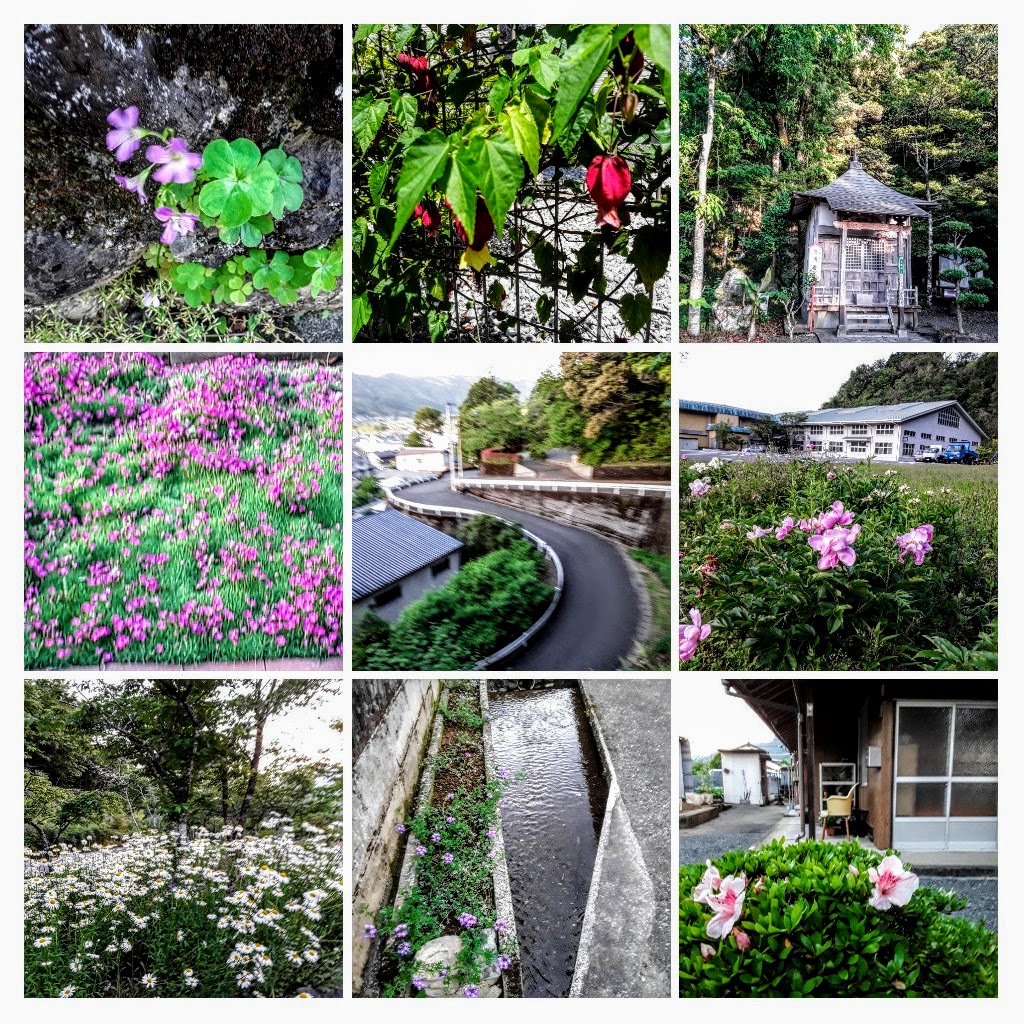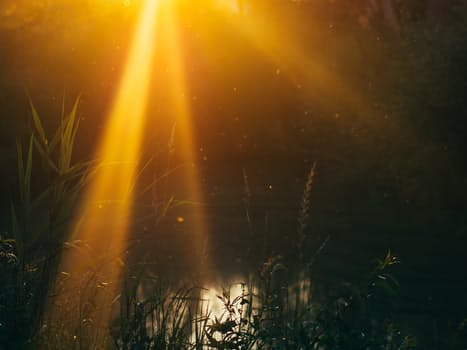
How do we keep our glasses half full during the COVID-19 crisis? How do we stay positive?
I keep on returning to the sakura (cherry blossoms) for answers. The sakura are starting to bloom all over my town in Japan. They remind me that life continues despite the coronavirus crisis, and I will get through this.
I woke up late because I got stuck watching the news and couldn’t stop. I kept on going down the rabbit hole. I looked at a news story about the number of deaths from COVID-19, then I compared regions, countries, and the world. The media are good at attracting you to read more with their strategically placed links and the information you were thinking about that is brought to you.
That’s the danger of bad news, it’s easy to get more, and the more we get, hoping to find answers and a solution, the more that we feel discouraged and are fearful. It wasn’t the best way for me to get ready for bed!
We are curious, we want to know, but how much is too much information? We want to be kept aware of policies and events that affect us, but more than this, is it useful? It depends on how it makes us feel. How much is enough? We need to decide for ourselves.
We know that we need to fill our lives with more joyful moments. How do we do this during the coronavirus crisis?
The antidote to fear and worry is gratitude and mindfulness.
We can notice the things around us that make us happy and we are grateful for, the glass half full, as my friend pointed out to me when she heard me speaking as if my glass was half empty. I hadn’t noticed that I was continuing to slide down; it’s easy to do when you don’t have much interaction with people and are isolated.
The Japanese tradition embraces nature and the seasons, and it is integral to their way of living. They notice the seasons and transitions, from one moment to the next, like the sakura. In sakura season, they believe every stage is beautiful, from the time the first buds appear to when the blossoms drop to the ground. In fact, they believe it’s lucky if a sakura petal lands on you.
In the west, we are often focused on the destination and end. In Japan, it’s more about the journey. Japanese society has more of a long-term view and that things last if we take care of them, and this includes family, friendships and nature. The Japanese appreciation of the transitions can be seen everywhere, from the food changing in character and colour to special words created around sakura.
During sakura season, there are regular news report on the sakurazensen or the cherry blossom front, as sakura bloom at different times in all of Japan.
Here is some sakura vocabulary:
- tsubomi = bud
- sakihajime = started to bloom
- gobuzaki / shichibuzaki = full bloom has almost been reached (50% open, 70% open)
- mankai = full bloom
- chirihajime = the petals have started to fall from the trees
- hazakura = the trees have turned green (leaves have replaced the pink petals)
There are also words to describe moments in the sakura season.
- Hanami = flower viewing
- Hanagasumi = flower haze, the scene with many blossoms
- Hana-no-ami = flower rain, when rain falls on the cherry blossoms
- Hana-akari = flower lights, when the sakura are in full bloom, and the vibrant colour makes the darkness look much brighter than normal
- Sakura-fubuki = cherry blossom snowstorm, when sakura petals dance in the wind and look in the distance like a storm of pink petals
- Hazakura = cherry tree leaves; when sakura have fallen, small leaves start to appear on the trees and are a sign the summer will soon be on the way
- Yozakura = night view of cherry blossoms, when the sakura are lit up at night.
In the west, we also have nature, seasons, and there are transitions. Is the difference that we don’t notice?
It’s spectacular seeing the rows of sakura carefully planted. But I am more delighted by the random sakura trees I see everywhere. In a plot of farmland, in green cedar forested mountains, and the gravesite of a loved one.
I love the random acts of sakura. I wonder who had the foresight to plant sakura even though they may have had to go through difficult times and did not know what would happen in the future.
Every time I see sakura, I say, “wow”, like seeing the burst of colours with fireworks, and I pause. The world is beautiful and perfect at that moment. In learning to recognize and embrace these moments, especially now, and piecing them together, we make our hour, day and lives.
In sharing joyful moments of sakura discoveries, my hope is that this starts your process of gathering more wow moments from your life.
Sakura can teach us much. Life is impermanent and fleeting. What we plant now, we may not see bloom in our lifetime, but others will. There is beauty even in the face of difficult times when we look for it.







0 Comments